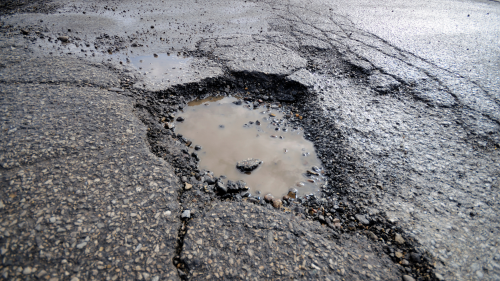Calling all stargazers. We’ve put together a handy guide of this year’s celestial events so you won’t miss a thing. Grab your calendar, mark down these dates, and start planning your 2023 night sky viewing adventures.
💫 Meteor showers
If you missed the Quadrantid meteor shower on January 3 and 4, fear not — there will be plenty more showers to catch this year. Here’s a rundown of what to expect:
- Lyrids: April 22-23
- Eta Aquarids: May 6-7
- Delta Aquarids: July 28-29
- Alpha Capricornids: July 30-31
- Perseids: August 12-13
- Draconids: October 7
- Orionids: October 21-22
- Southern Taurids: November 4-5
- Northern Taurids: November 11-12
- Leonids: November 17-18
- Geminids: December 13- 14
- Ursids: December 21-22
Psst — watch out for a comet on the evening of Wednesday, Feb. 1. Comet C/2022 E3 (ZTF) will approach Earth for the first time in 50,000 years. The Virtual Telescope Project 2.0 will host a livestream beginning on Thursday, Jan. 12 at 11 p.m.
🌕 Full moons and supermoons
It may technically be the Year of the Water Rabbit, but it’s also the moon’s year to shine. While most years there are 12 full moons, 2023 will welcome 13 (two will occur in August). Here’s the full list, according to the Old Farmer’s Almanac.
- February 5: Snow moon
- March 7: Worm moon
- April 6: Pink moon
- May 5: Flower moon
- June 3: Strawberry moon
- July 3: Buck moon
- August 1: Sturgeon moon
- August 30: Blue moon
- September. 29: Harvest moon
- October 28: Hunter’s moon
- November 27: Beaver moon
- December 26: Cold moon
🌑 Lunar and solar eclipses
There will be two solar eclipses and two lunar eclipses, two of which will be visible in North America. On Monday, Oct. 23, an annular solar eclipse will be visible in Oregon, Nevada, Utah, New Mexico, and Texas (and maybe even some parts of California, Idaho, Colorado, and Arizona). On Saturday, Oct. 28, a partial lunar eclipse will take place, but will only be visible to the northeasternmost parts of the US.
📍 Where to go
When choosing a spot to view celestial events, aim for a location that is away from man-made light. Here are some spots that we suggest:
- Harrison Bay State Park | 7855 Bay Marina Cir., Harrison
- Chilhowee Overlook | U.S. 64 E. to Forest Service Rd., Benton
- Cloudland Canyon State Park | 122 Cloudland Canyon Park Rd., Rising Fawn, GA











